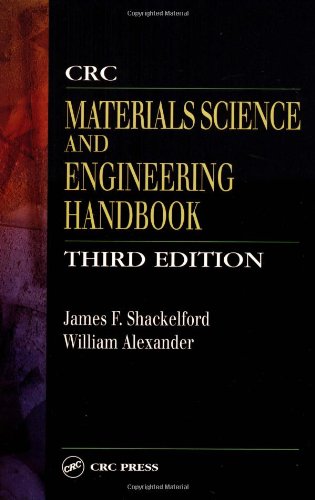

Most ebook files are in PDF format, so you can easily read them using various software such as Foxit Reader or directly on the Google Chrome browser.
Some ebook files are released by publishers in other formats such as .awz, .mobi, .epub, .fb2, etc. You may need to install specific software to read these formats on mobile/PC, such as Calibre.
Please read the tutorial at this link: https://ebookbell.com/faq
We offer FREE conversion to the popular formats you request; however, this may take some time. Therefore, right after payment, please email us, and we will try to provide the service as quickly as possible.
For some exceptional file formats or broken links (if any), please refrain from opening any disputes. Instead, email us first, and we will try to assist within a maximum of 6 hours.
EbookBell Team

4.0
36 reviewsHandbook of Reliability, Availability, Maintainability and Safety in Engineering Design studies the combination of various methods of designing for reliability, availability, maintainability and safety, as well as the latest techniques in probability and possibility modelling, mathematical algorithmic modelling, evolutionary algorithmic modelling, symbolic logic modelling, artificial intelligence modelling and object-oriented computer modelling, in a logically structured approach to determining the integrity of engineering design.
Handbook of Reliability, Availability, Maintainability and Safety in Engineering Design not only encompasses a depth of research into engineering design methods and techniques ranging from quantitative probability theory and expert judgement in Bayesian analysis to qualitative possibility theory, fuzzy logic and uncertainty in Markov analysis; from reliability block diagrams, fault trees, event trees and cause-consequence diagrams to Petri nets, genetic algorithms and artificial neural networks; but it also covers a breadth of research into the concept of integrity in engineering design. Such breadth of research is represented by the inclusion of the topics of reliability and performance, availability and maintainability, and safety and risk, in an overall concept of designing for integrity during the different phases of the engineering design process. These topics add significant value to the theoretical expertise and practical experience of process, chemical, civil, mechanical, electrical and electronic engineers by considering process engineering design from the point of view of "what should be achieved" to meet criteria for designing for reliability, availability, maintainability and safety.